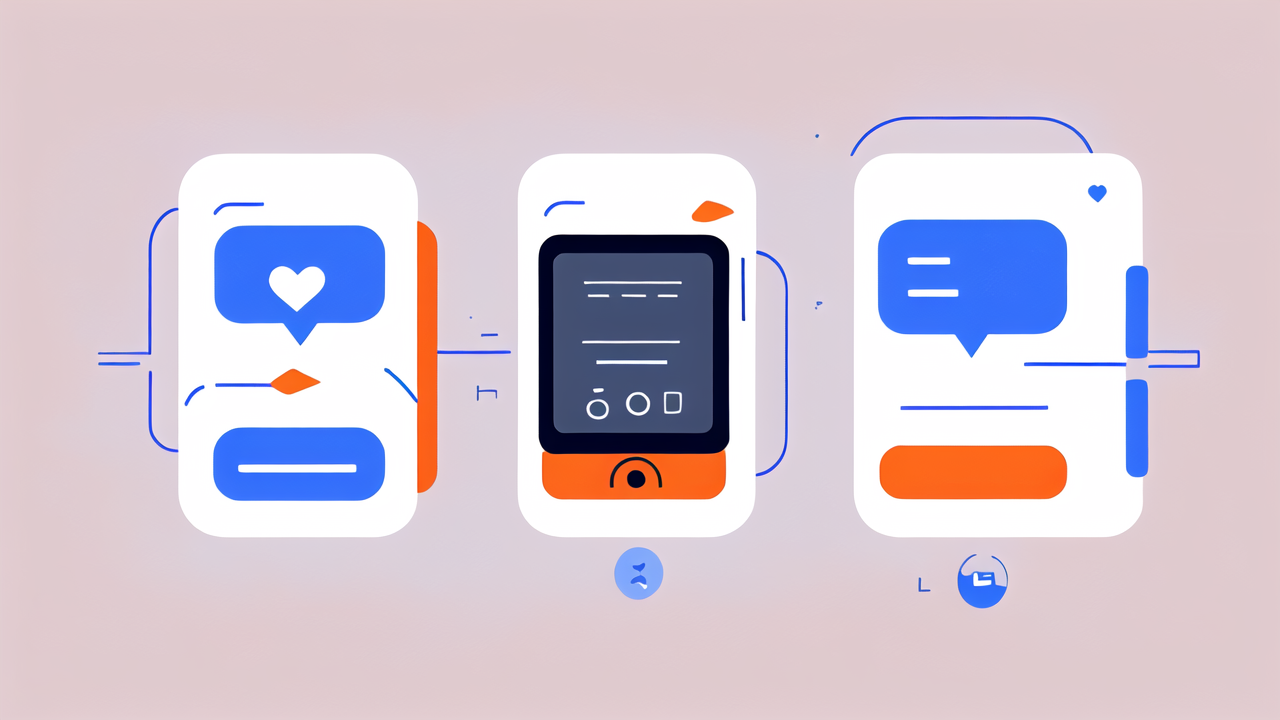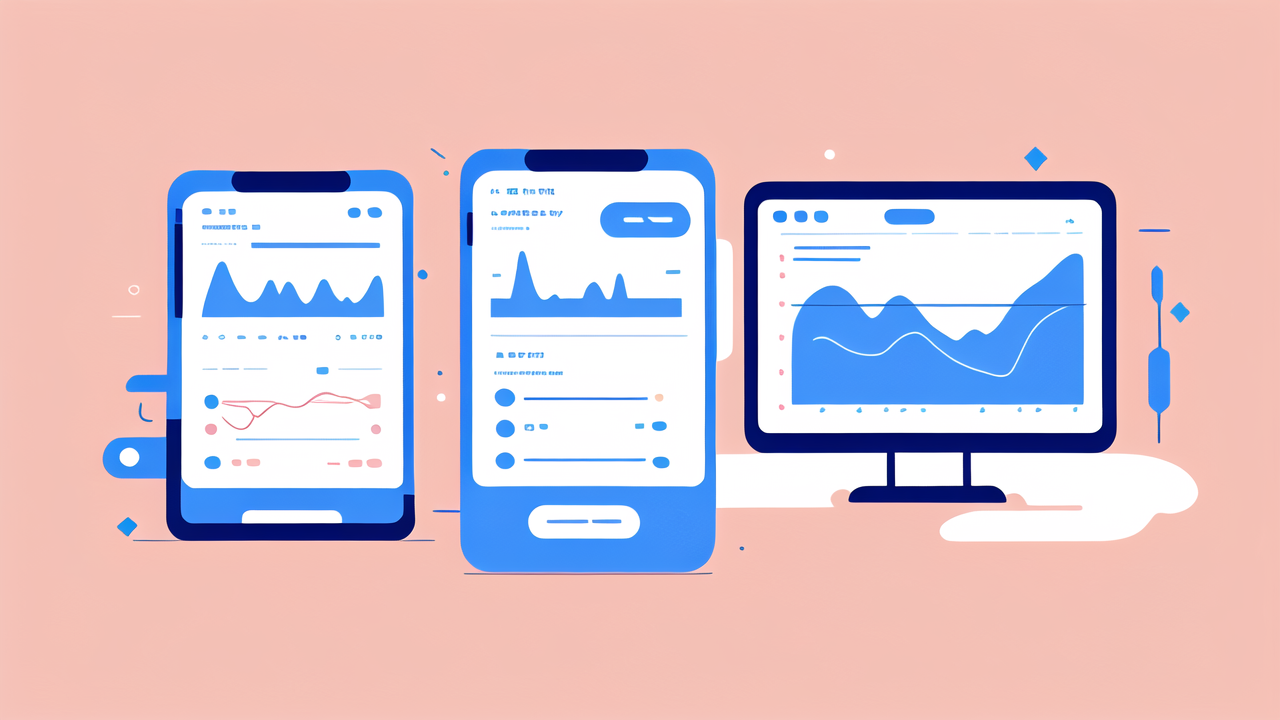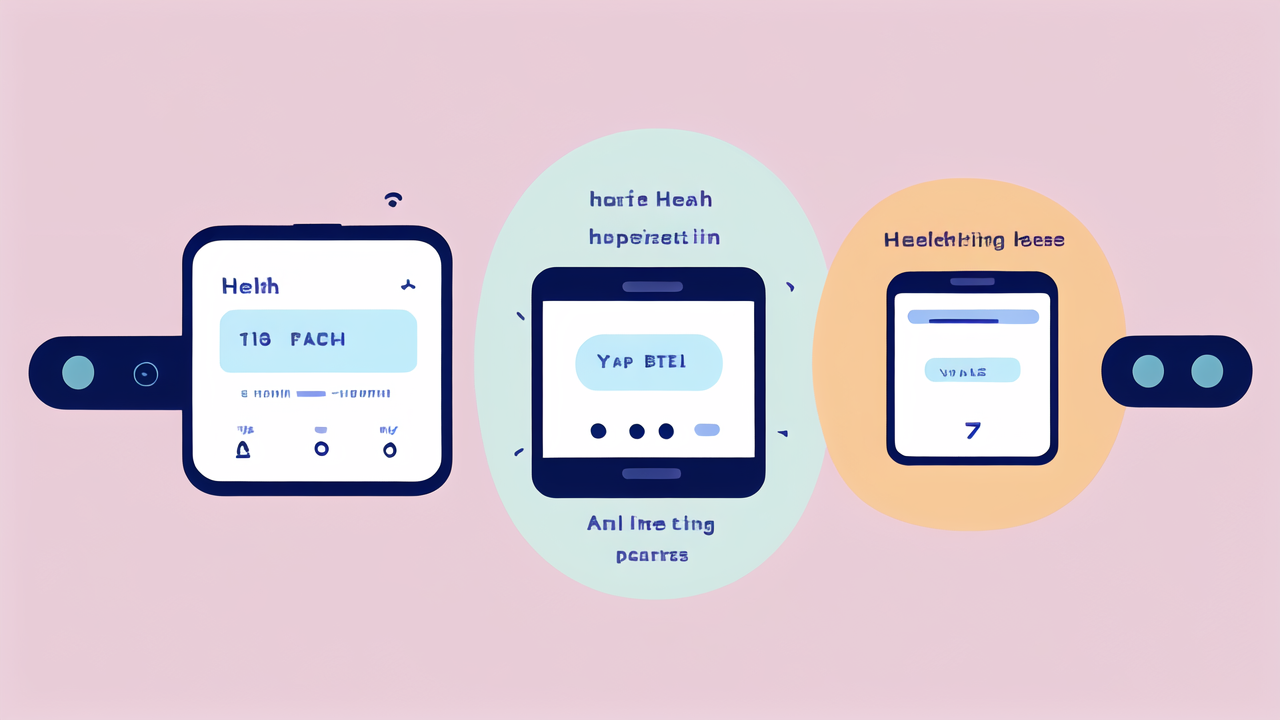Understanding Wearable Technology in the Healthcare Industry
The Evolution of Wearable Health Tech
Wearable health tech has come a long way. It started with simple step counters. Now, we have smart watches that track heart rate and sleep patterns. These devices have become more accurate and user-friendly over time.

Early wearables were bulky and had short battery life. Today's devices are sleek and can last for days. They can also connect to smartphones, making data easy to access. The evolution of sensors has played a big role in this progress.
Wearable tech now includes devices that can monitor blood sugar and blood pressure. Some can even detect falls and call for help. As technology improves, these devices will become even more advanced and helpful.
Key Technologies Driving Wearable Health Devices
Several key technologies are pushing wearable health devices forward. Sensors are getting smaller and more precise. This allows for more accurate data collection. Battery technology is improving, letting devices run longer.
Wireless connectivity is crucial for wearables. Bluetooth and Wi-Fi allow easy data transfer to phones and computers. Some devices now use cellular networks for real-time data sharing.
AI and machine learning are making wearables smarter. They can analyze data and provide insights. This helps users make better health decisions. Some wearables can even predict health issues before they become serious.
Regulatory Landscape for Wearable Technology in the US
The US has strict rules for health-related tech. The FDA oversees many wearable devices. They ensure these products are safe and effective. Some wearables are considered medical devices and need FDA approval.
Privacy is a big concern with health data. Laws like HIPAA protect patient information. Wearable companies must follow these rules when handling user data. They need strong security measures to prevent data breaches.
The regulatory landscape is still evolving. As wearables become more advanced, new rules may be needed. Balancing innovation with safety and privacy is an ongoing challenge for regulators.
Analyzing the Market: Wearable Technology Trends and Consumer Preferences
Rising Popularity of Fitness Wearables
Fitness wearables are booming. More people are using smart watches and fitness bands. These devices track steps, calories, and workouts. They help users stay motivated and reach their fitness goals.

Many consumers see wearables as a way to take control of their health. They like getting real-time feedback on their activity levels. Social features let users compete with friends, adding fun to fitness.
The market for fitness wearables keeps growing. New features like stress tracking are attracting more users. As prices drop, these devices are becoming accessible to more people.
The Growing Importance of Accurate Body Measurements
Accurate body measurements are crucial for health tracking. Users want devices that give reliable data. This includes heart rate, blood oxygen levels, and sleep quality. Some wearables now offer body composition analysis.
Accuracy is especially important for medical-grade devices. These are used to monitor chronic conditions. Doctors rely on this data to make treatment decisions. Even small errors can have big impacts.
Companies are investing in better sensors and algorithms. This improves measurement accuracy. Some are partnering with medical institutions to validate their devices. This builds trust with users and healthcare providers.
The Impact of Consumer Feedback on Wearable Tech Development
Consumer feedback drives wearable tech development. Users want devices that are easy to use and comfortable to wear. They also want longer battery life and more features. Companies listen to these demands when designing new products.
User reviews help identify issues with current devices. This leads to improvements in future models. For example, many brands now offer waterproof wearables based on user requests.
Privacy concerns have led to better data protection features. Users want control over their health data. In response, companies are adding more privacy options to their devices and apps.
The Role of Wearable Technology in Predictive Healthcare
Advancements in AI and Machine Learning for Health Wearables
AI and machine learning are changing health wearables. These technologies can spot patterns in user data. This helps predict potential health issues before symptoms appear. For example, some devices can detect irregular heart rhythms.

Machine learning algorithms get smarter over time. They learn from large amounts of user data. This improves their ability to give personalized health insights. Some wearables can now suggest lifestyle changes based on user habits.
AI-powered chatbots are being added to wearable ecosystems. They can answer health questions and provide basic medical advice. This feature is especially useful for remote health monitoring.
Wearable Technology and Its Effect on Healthcare Costs
Wearable tech could help reduce healthcare costs. By catching health issues early, they can prevent expensive treatments later. They also encourage preventive care through fitness tracking.
Insurance companies are taking notice. Some offer discounts to customers who use wearables. They see these devices as a way to promote healthier lifestyles. This could lead to fewer claims in the long run.
Wearables can also make healthcare more efficient. Remote monitoring reduces the need for in-person visits. This saves time and money for both patients and providers. It's especially helpful for managing chronic conditions.
Integrating Wearable Devices into the Healthcare Ecosystem
Integrating wearables into healthcare is a big challenge. Doctors need easy access to patient data from these devices. This requires secure systems that can handle large amounts of data.
Electronic health records (EHRs) are being updated to include wearable data. This gives doctors a more complete picture of patient health. It can help with diagnosis and treatment planning.
Telemedicine is becoming more common, and wearables play a key role. They provide real-time health data during virtual visits. This makes remote consultations more effective. As this trend grows, wearables will become even more important in healthcare.




Leave a comment
This site is protected by hCaptcha and the hCaptcha Privacy Policy and Terms of Service apply.